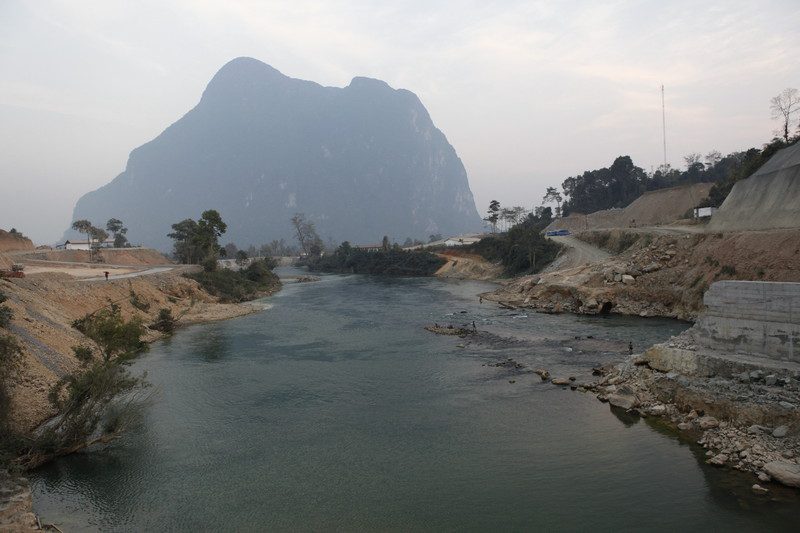Is hydropower the answer?
The hydropower industry has long dominated the renewable energy sector. But there are real concerns as to its sustainability, specifically with regards to its negative impacts on people and the environment.
There are 159 dams planned or under construction in the Mekong river basin, on its mainstream and all its tributaries. There is no doubt that the 60 million people who live around these sites will be severely impacted.
The dam-building industry has largely ignored the recommendations of the World Commission on Dams (WCD) for a ‘rights and responsibilities’ approach to hydropower. The WCD found the benefits from large dams have largely gone to the rich, while the poor have borne the costs. Oxfam believes the WCD’s suggested approach is the answer to good hydropower infrastructure. Using this approach is sustainable.
Sustainable or not?
Hydropower dams are meant to be a clean, green form of energy. Are they ever good for communities?
Oxfam is not against hydropower. But not all hydropower is sustainable. In fact too often hydropower contributes to environmental and social harm, and does more damage than good.
The World Commission on Dams found that:
- some 40–80 million people world-wide have been forced from their homes and land by dams
- large dams have caused great environmental damage
- large dams have mainly benefited the rich, leaving the poor to bear the costs
Research by Richter et al in 2010 found that a conservative estimate of 472 million river-dependent people living downstream of dams have been affected by the changes these dams have caused to rivers and ecosystems. While hydropower can be a clean source of energy in some cases, its range of social, environmental and economic impacts is often not considered in enough depth.
What is being overlooked in the decision-making process is the Mekong River’s economic, social and environmental benefit to the region, just the way it is. For example, the Mekong capture fishery is estimated to be worth USD$4.2–7.56 billion on retail markets.
No hydropower (especially these large-scale mainstream dams) should be considered without detailed participatory processes looking at the full suite of options for energy and water services. Locking up water for hydropower means that the water is managed for that purpose – and the environmental and livelihood needs for that water are rarely considered, or come at the end of the priority chain. Once again it is the poor who lose out.
Which is another reason why, in all cases where hydropower is considered and at all levels of decision-making, local communities who know the river best must be consulted.
Learn more
- What are the alternatives to hydropower?
- Is hydropower really green? Learn more about hydropower and climate change.
- Read more about Oxfam’s work monitoring development in the Mekong
